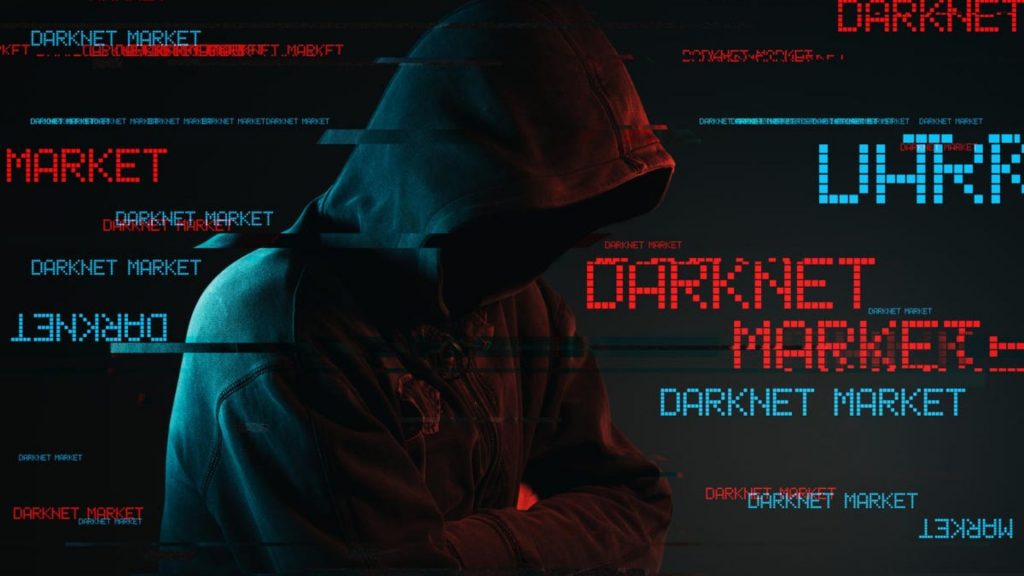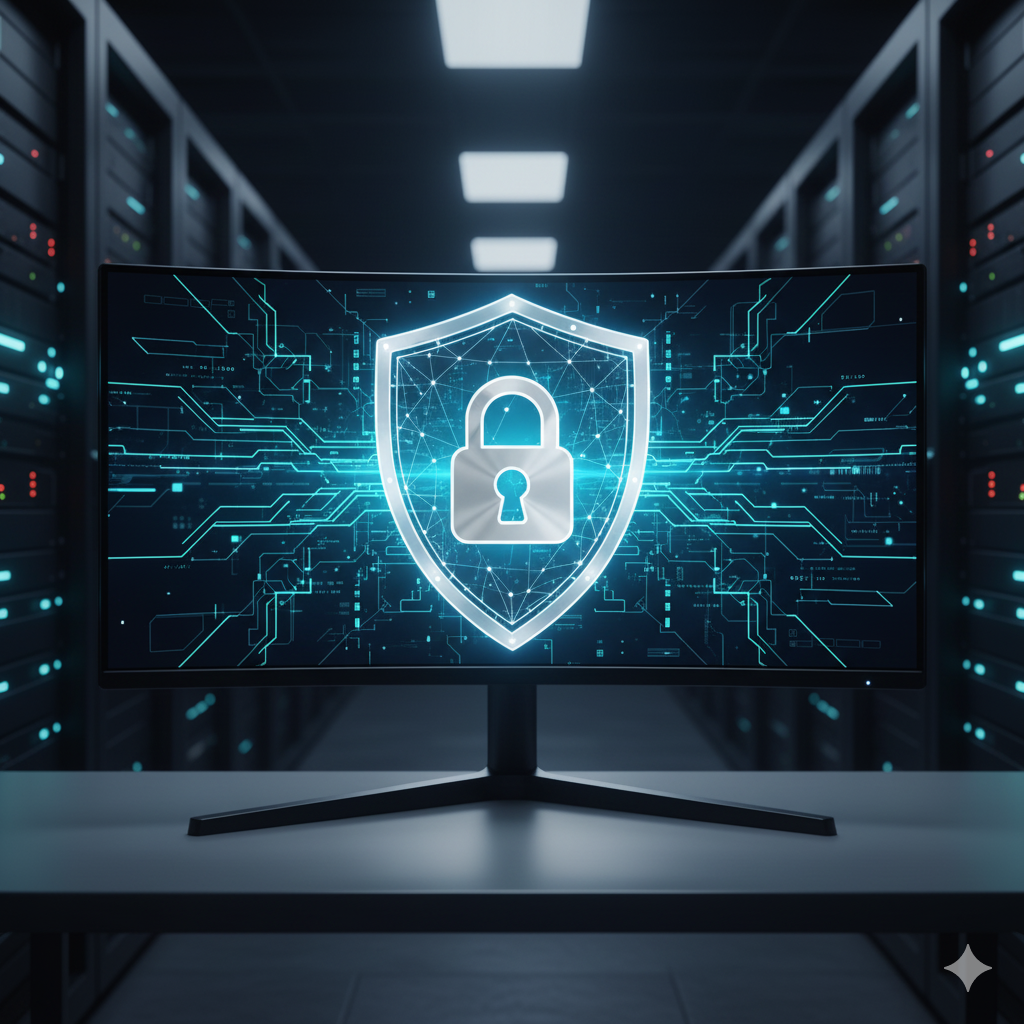
Insider Threats: Employees the Weakest Link
October 23rd, 2025 - Written By CyberLabsServices
When Trust Turns Risky
It was a quiet Friday evening when the IT team of a financial firm noticed abnormal database queries running from an authorized admin account. Nothing seemed alarming — until investigators traced the activity to a recently resigned employee who had exported thousands of customer records onto a USB drive.
There were no firewalls breached, no malware deployed — just misplaced trust.
This is the reality of Insider Threats: security incidents caused — intentionally or unintentionally — by people within your organization. These include employees, contractors, vendors, or anyone with legitimate access to systems and data.
Understanding Insider Threats
An insider threat doesn’t always come from malicious intent. It can also stem from negligence, stress, curiosity, or even social manipulation.
Common Types of Insider Threats:
– Malicious Insiders: Employees who intentionally steal or damage data for personal gain or revenge.
– Negligent Insiders: Users who unknowingly create risks by mishandling credentials, ignoring policies, or falling for phishing.
– Compromised Insiders: Legitimate accounts hijacked through stolen credentials or malware.
– Third-Party Insiders: Vendors or contractors with extended access who lack adequate security controls.
While firewalls and antivirus tools protect against external attackers, insider threats bypass these defenses because they originate from trusted users within the network.
How Insider Threats Happen
- Data Exfiltration – Copying or transferring sensitive data to personal devices or cloud accounts.
2. Privilege Abuse – Using elevated access tomodify or delete records.
3. Social Engineering – Manipulating insiders to share credentials or install malicious tools.
4. Negligent Behavior – Sending confidential data to wrong recipients, weak passwords, or ignoring MFA policies.
5. Disgruntled Employees – Leaking information as retaliation after termination or disputes.
Real-Life Consequences of Insider Threats
Incident Spotlight 1: The Disgruntled Engineer
A software engineer at a telecom company deleted source code repositories two days after being dismissed. Backup recovery took weeks, costing over USD 120,000 in lost productivity.
Incident Spotlight 2: The Helpful Employee
An HR officer unknowingly clicked a link sent by a fake “audit consultant.” The link captured her credentials, which attackers later used to access payroll data. Technically, it was an external attack — but enabled by an insider’s error.
Why Insider Threats Are Increasing
– Remote Work: Home networks and personal devices reduce visibility.
– Access Overload: Employees accumulate privileges they no longer need.
– High Turnover: Departing staff often retain access longer than they should.
– Data Everywhere: Cloud platforms make data transfer fast and undetectable.
– Emotional Triggers: Layoffs, demotions, or dissatisfaction can push employees to act destructively.
Insider risk is not just about intent — it’s about opportunity combined with access.
Impact Across the Organization
– Executives: Exposure of trade secrets, M&A data, and board communications.
– HR & Legal: Potential lawsuits from employee or customer privacy breaches.
– IT & Security Teams: Complex investigations that require forensic analysis.
– Finance & Compliance: Regulatory fines under PDPA, GDPR, or ISO 27001 violations.
– Employees: Damaged trust and workplace tension following investigations.
Detecting and Preventing Insider Threats
- EstablishBehavioral Baselines – Use UEBA tools to identify anomalies.
2. Enforce the Principle of Least Privilege – Regularly review access rights.
3. Strengthen Offboarding Procedures – Disable accounts immediately after termination.
4. Monitor Data Movement – Use DLP tools for tracking file transfers.
5. Build a Speak-Up Culture – Encourage employees to report suspicious behavior.
6. Conduct Continuous Awareness Training – Use real-world examples to educate users.
The Insider AI Angle
AI tools are now accelerating insider activity — both malicious and unintentional.
Risks include:
– Generative AI models storing prompts containing sensitive data.
– AI copilots suggesting automation scripts that expose credentials.
– Insider use of AI chatbots to summarize confidential files.
Mini-case:
A data analyst used a generative AI tool to summarize internal reports. Unknown to her, the AI logged data on external servers. Sensitive financial trends were later retrievable through search queries — an unintentional leak caused by convenience.
Building a Resilient Insider Threat Program
- Visibility – Implement unified logging across endpoints and cloud systems.
2. Detection – Correlate behavioral signals with risk scoring.
3. Response – Automate alerts and coordinate HR, Legal, and IT.
4. Review – Conduct quarterly audits of privileged accounts.
5. Governance – Create an Insider Threat Response Team with HR, Legal, and IT.
Cultural Approaches That Work
– Foster a “trust but verify” culture.
– Recognize ethical behavior and reward secure actions.
– Balance privacy and protection through transparent monitoring.
– Promote open communication to prevent grievances.
Key Takeaways
– Insider threats are underestimated yet highly damaging.
– They thrive on trust, access, and emotional triggers.
– Combine analytics, governance, and culture for defense.
– Technology detects anomalies — but culture prevents them.
“Your greatest asset — your people — can also become your greatest risk. Secure the human, and you secure the organization.”


